The first six months of 2016 have seen many states pass protective pro-life laws in their legislatures. Many of these laws were passed in the aftermath of the release of videos exposing the trafficking of aborted baby body parts by Planned Parenthood, the nation’s largest abortion business. Not surprisingly, Planned Parenthood has filed a number of lawsuits against these pro-life laws.
These new laws protect unborn babies and their mothers in a number of ways:
Dismemberment: These laws protect fully-formed, living unborn babies from an abortionist using forceps to seize and tear the child apart limb by limb during an abortion. The West Virginia Unborn Child Protection from Dismemberment Abortion Act passed the legislature, but was vetoed by Governor Earl Ray Tomblin. The legislature overrode the veto by a substantial margin and the law has taken effect. Other laws banning dismemberment abortions were signed by Mississippi Governor Phil Bryant, Alabama Governor Robert Bentley, and Louisiana Governor John Bel Edwards
Defunding: Florida Governor Rick Scott signed a law that defunds Planned Parenthood and other clinics that do abortions, redirecting $500,000 taxpayer dollars to other health care centers. A similar bill was signed by Kansas Governor Sam Brownback. Arizona Governor Doug Ducey cut Planned Parenthood funding by $200,000. Following the discovery that Planned Parenthood has overbilled Medicaid for services, Oklahoma Governor Mary Fallin is taking steps to cancel contracts. Mississippi Governor Phil Bryant signed legislation that keeps Medicaid taxpayer dollars from going through groups that perform elective abortions.
Prohibition of research on aborted babies: Arizona Governor Doug Ducey and Idaho Governor Butch Otter signed bills that prohibit harvesting and experimental research on organs and body parts from aborted babies.
Chemical/RU 486 abortion: Arizona Governor Doug Ducey signed a law that requires abortionists to follow FDA standards for the abortion pill RU 486. South Dakota became the third state to require that women be fully informed about chemical (RU 486) abortions (including the possibility of reversal) when Governor Dennis Dauggard signed the legislation.
Ban after 20 weeks: South Carolina joined 13 other states when Governor Nikki Haley signed a bill that bans abortion after 20 weeks, protecting unborn babies from painful, late-term abortions.
Waiting period: Louisiana Governor John Bel Edwards signed a law that increases the time for reflection between pre-abortion counseling and the actual abortion procedure from 24 to 72 hours.
Anesthesia during abortion: Utah became the first state to require that abortionists give anesthesia to unborn babies before they are aborted at 20 weeks or older, the time at which most scientific evidence shows the baby can feel pain. Governor Dennis Dauggard signed the bill.
Coercion: Michigan Governor Rick Snyder signed two bills protecting women from being coerced to have abortions. The crackdown on sex traffickers, abusive partners, and others includes fines of up to $10,000. Abortion facilities will be required to screen women for coercion.
Hospital admitting privileges: Florida now requires abortionists to have hospital admitting privileges and will increase abortion clinic inspection requirements following the law’s signature by Governor Rick Scott.
Public information requirements: Oklahoma Governor Mary Fallin signed the Humanity of the Unborn Child Act requiring the state health department to launch a public information campaign about the stages of fetal development and alternatives to abortion.
Distance from schools: Alabama Governor Robert Bentley signed a bill banning abortion clinics from operating within 2,000 feet of a public elementary or middle school. Two of the state’s five abortion clinics are within that distance.
Drop boxes: Indiana became the first state to initiate the use of baby drop boxes to save babies from infanticide. Two of the boxes, which have padding and climate control, have been placed at fire stations and alert personnel when a baby has been placed inside.




